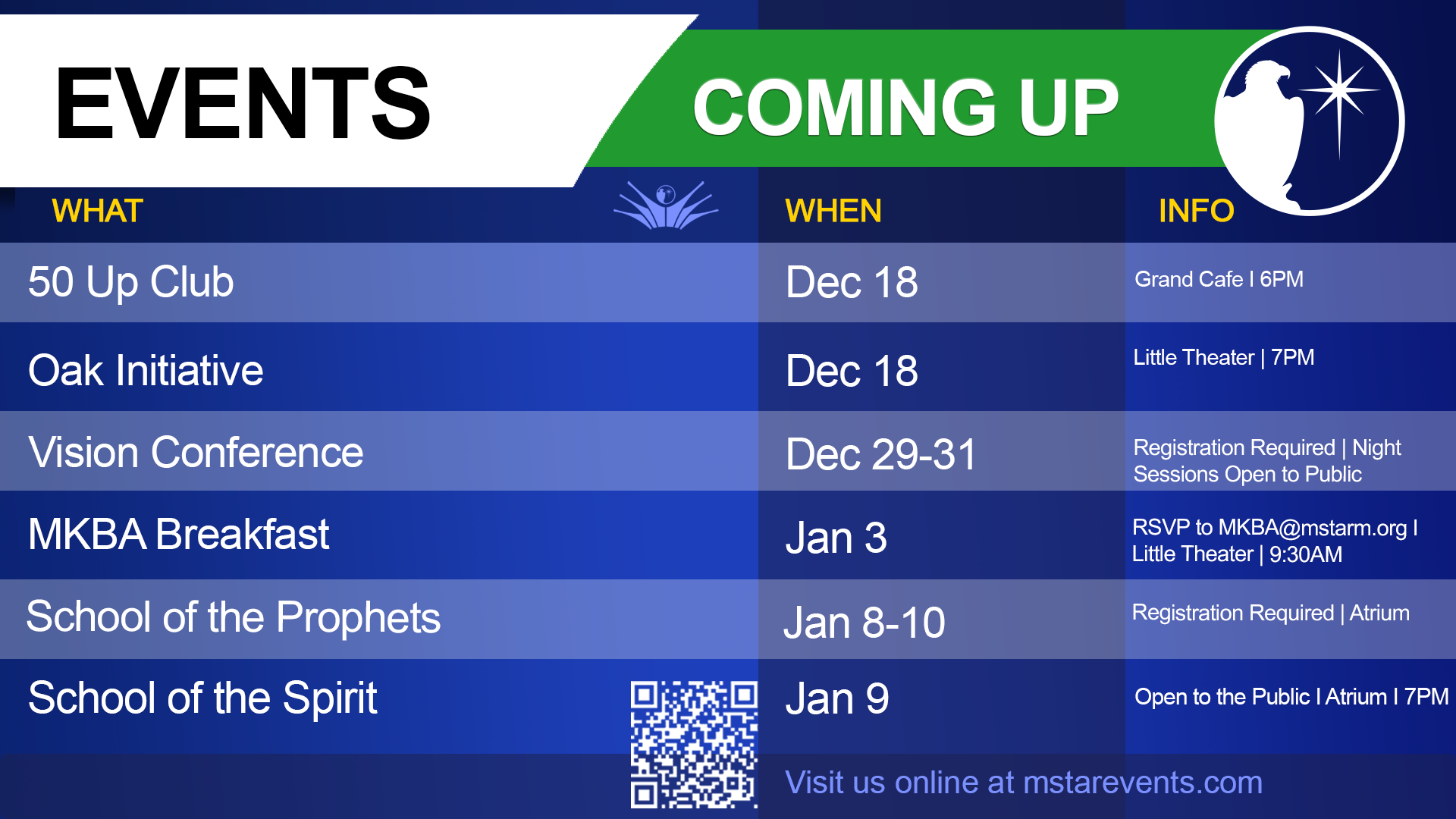In 1987 I was given an extensive vision of the coming harvest. I was shown two great waves of harvest coming. The first one that I was shown emerged a couple of years after I had that vision, resulting in the greatest ingathering and growth of Christianity in history over the next couple of decades. In the vision, I was shown that this first wave would begin to recede at the end of its time, just as a wave on the shore will recede after pushing as far as it can onto the beach. Then I saw a time of relative spiritual quiet before the next wave. This time was needed to prepare for the next, far bigger wave that is coming.
We have been in this period of the receding first wave and relative spiritual quiet for over a decade now. There are many increasing signs of the next great wave approaching. Are we prepared for it?
As the bigger ingathering will soon be upon us, we must start looking for the nets to hold the catch. From these nets, we can expect new wineskin churches to emerge. Like all spiritual transitions, when this happens it is not likely that these new wineskin churches will begin with as much definition as many will want. They will likely be disconcerting to those who are used to and like the institutional and hierarchical church forms of leadership. We need to consider what the church that truly has Jesus as its head would look like.
If we view the way that the Lord built the first-century church, it started out with a relatively ambiguous form. As it matured, it took on more structure in an organic, natural way. It looked a whole lot more like God orchestrating it than the many forms and patterns men have come up with since. Remember, a basic quest of the sojourner is to seek to be part of what God is building, not men. Virtually every move of God in history has been radically different than what most men expected, even those who most desired and prayed for Him to move.
The Lord has not taken me up to show me the complete coming structure of His church, but I have been shown some aspects of it. What I have seen is the coming of very powerful but relatively small church units. Eighty to one hundred and twenty seemed to be about the optimum size. They were flexible, responsive, and resourceful, and when they grew fast in numbers they would multiply into new, smaller units to stay flexible and responsive.
This does not mean that there will not be any large or mega-churches. At other times I have been shown these “fortresses of the truth” that were like great military bases for the army of the Lord. However, a key element of every church will be that it is directed by the Lord, not men. Of course, the Lord uses men, but there is a difference between being led by institutional policies, doctrines, and methods imposed by spiritual bureaucrats and being led by the Holy Spirit.
An impending need is for “nets” that can hold the coming catch without breaking. Studies have indicated that only about 5% of the people who make a decision for Christ in these times are actually added to the church. In the first century, “all” who made a commitment to Christ were added to the church. The message could be a reason for the low results today, but much of it has to do with the church being so rigid and archaic that new believers have a hard time fitting in, or even finding the Lord they gave their life to in it. Again, we have the challenging verse in Revelation 3:20 where Jesus stands outside the doors of His own church to see if anyone would open to Him.
We are on the verge of one of the greatest events in all of history and the greatest ingathering of new believers that there has ever been. New believers who have never been part of the church will be relatively easy to disciple. At some point, there will also be added those who have been in a rigid, “old wineskin” church life. We may think this will be a disaster and that we should keep these groups separate, but they could also be a great aid to one another. How?
Over the next few years a new factor will emerge in church life—the manifest presence of the Lord. It will once again be like it was in the first century, when everyone will experience a constant sense of awe and wonder at the great things the Lord is doing. Even though most new believers in the first century church came out of the rigid Judaism of the time, they made the change surprisingly fast. Not all did, and those who clung to their form of Judaism did become a problem for the young church. Likewise, we can expect some who come out of the more institutional versions of church life to present some problems. However, the power and life of Christ Jesus in the midst of His people will easily overcome this.
So what can we do to be ready for this impending ingathering? That will be the subject of next week’s word, and then we will continue with the final chapters of the Book of Revelation.



